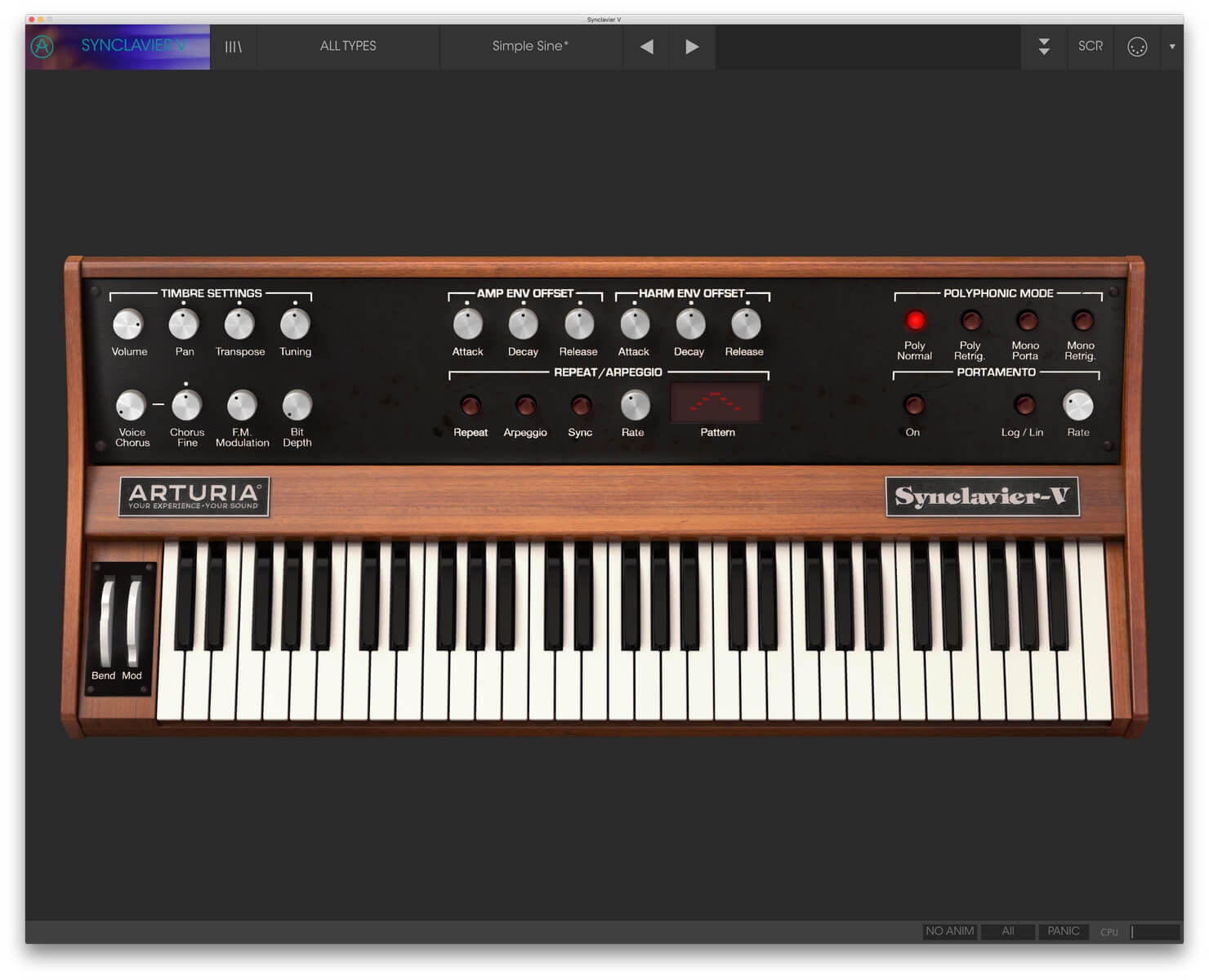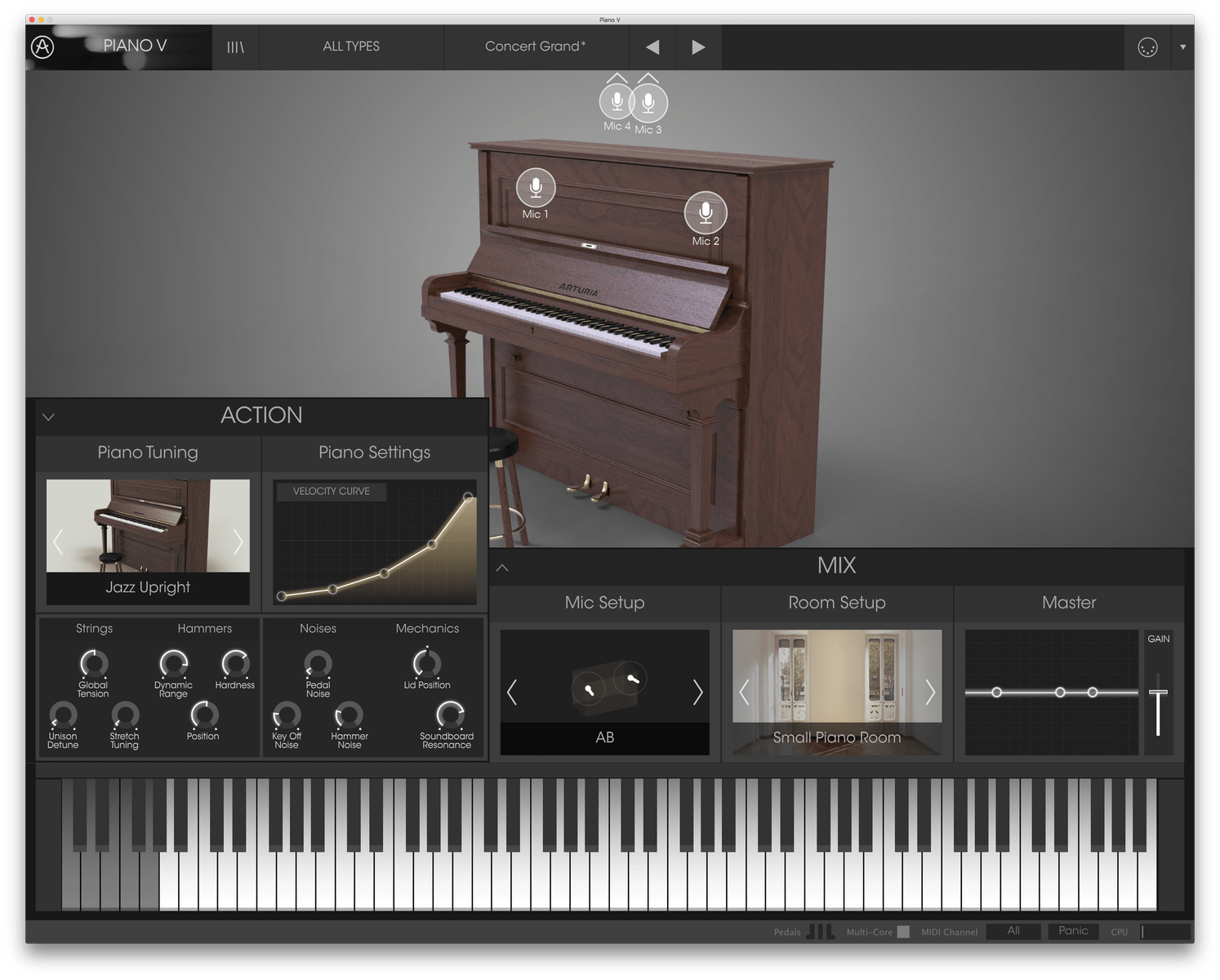

Tuning strings and hammers is done by just twisting a few knobs. Moreover, you can adjust a wide variety of parameters that can alter your sounds significantly. I’m no expert, but they all sounded very authentic to my ears.

You can thus switch between a few grand pianos, a few upright pianos, and even two “oddities” like a glass and a metal piano. Advanced physical modeling was used to recreate not one, not two, but 12 different acoustic pianos. No high-quality digital piano will use samples to produce sounds, and Arturia’s Piano V2 makes no exception. So if you want to achieve realistic piano compositions inside the box, then you should really consider a virtual instrument called Piano V2.

While many professional musicians will argue that nothing sounds better than a good acoustic piano, there are still plenty of digital options available for those who can’t afford the real thing (or don’t know how to play one that well). I’m writing, of course, about the piano, an instrument that never seems to get old and can be heard throughout many contemporary music genres. Even with the advent of synthesizers, samplers, and digital audio workstations, one classical instrument still prevails.


 0 kommentar(er)
0 kommentar(er)
